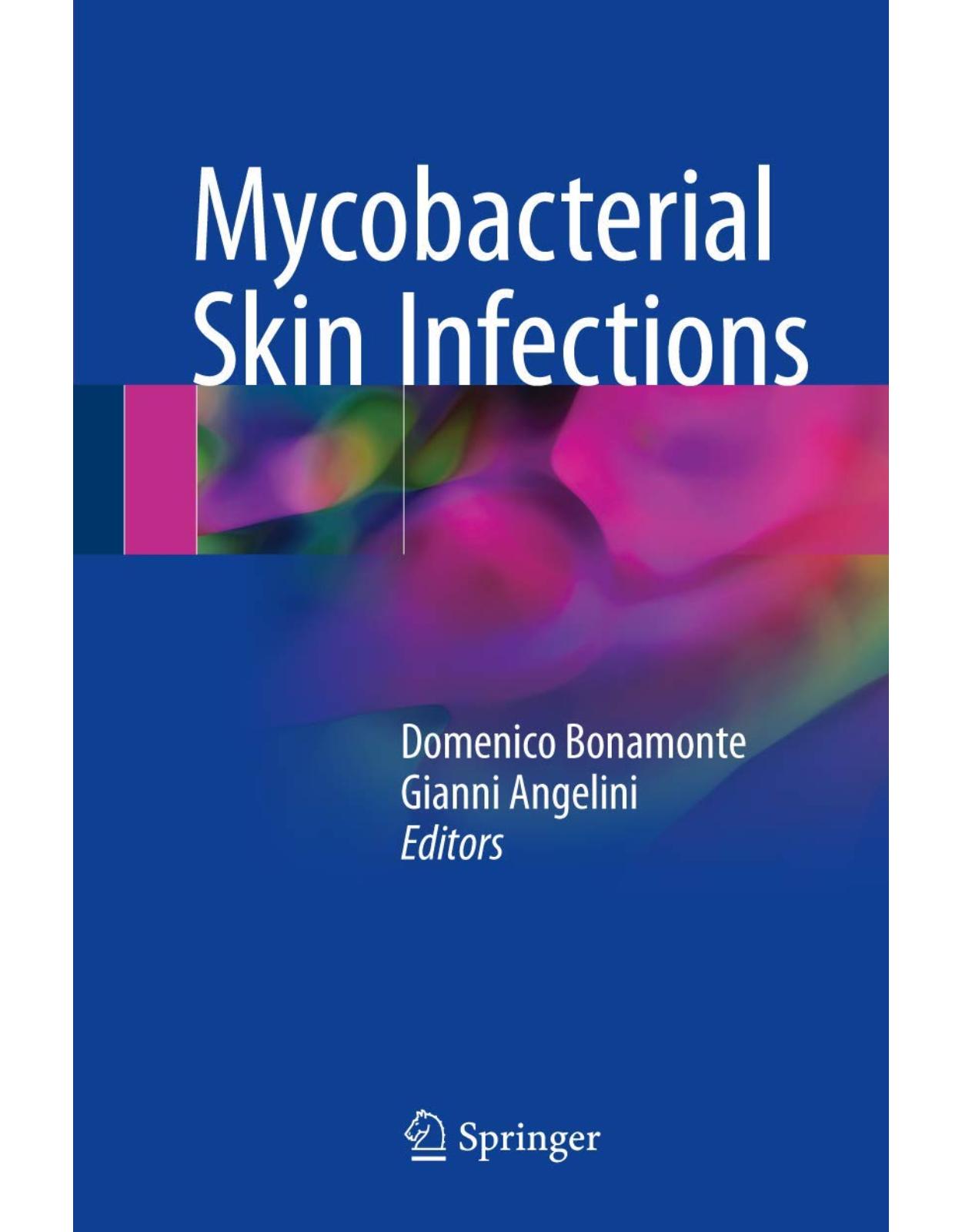
Mycobacterial Skin Infections
Livrare gratis la comenzi peste 500 RON. Pentru celelalte comenzi livrarea este 20 RON.
Disponibilitate: La comanda in aproximativ 4 saptamani
Editura: Springer
Limba: Engleza
Nr. pagini: 413
Coperta: Hardcover
Dimensiuni: 16.36 x 2.69 x 24.64 cm
An aparitie: 15 Sept. 2017
Description:
This well-illustrated book is a comprehensive guide to the cutaneous clinical presentations of mycobacterial infections. The Mycobacterium genus includes over 170 species, nontuberculous mycobacteria (NTM) having been added to the obligate human pathogens such as M. tuberculosis and M. leprae. NTM are widely distributed in the environment with high isolation rates worldwide; the skin is a major target with variable clinical manifestations. A current resurgence in tuberculosis is aggravated by the synergy with human immunodeficiency virus, the breakdown of health care systems, and the rise in multidrug-resistant disease, as the incidence of leprosy remains stable, at around 250,000 new cases annually, regardless of effective antibiotic therapy. Presentations of various cutaneous infections caused by mycobacteria may be overlooked by clinicians owing the lack of familiarity with tuberculosis, leprosy, and the related NTM clinical features. This handy guide will help the dermatologist to spot the different clinical manifestations, make a prompt diagnosis, and apply effective treatment.
Table of Contents:
Contributors
1: Mycobacteria
1.1 Habitat and Diffusion
1.2 Cellular Structure
1.3 Antigenic Structure
1.4 Sensitivity to Antibiotics
1.5 Nontubercular Bacteria
1.6 Classification
1.7 Complexes
1.8 Microscopic Examination
1.9 Culture Media
1.10 Biological Testing
1.11 Identification
1.12 Rapid Methods
References
2: Cutaneous Tuberculosis
2.1 History
2.2 Epidemiology
2.2.1 Impact of the HIV Epidemic
2.2.2 Impact of Drug and Multidrug Resistance
2.2.3 Impact of Solid Organ Transplantation
2.3 Risk Factors
2.3.1 Immunosuppressive Drugs and Corticosteroids
2.3.2 Age and Sex
2.3.3 Contact Tracing
2.3.4 Occupational Tuberculosis
2.3.5 Tuberculosis and Air Travel
2.3.6 Genetic Factors
2.3.7 Other Factors
2.4 Etiology
2.4.1 Mycobacterium tuberculosis Complex
2.4.1.1 Mycobacterium africanum
2.4.1.2 Mycobacterium caprae
2.4.1.3 Mycobacterium microti
2.4.1.4 Mycobacterium pinnipedii
2.4.1.5 Mycobacterium canettii
2.5 Transmission
2.6 Pathophysiology
2.6.1 Human Pulmonary Tuberculosis
2.6.2 Stages of Pulmonary Tuberculosis
2.6.3 Susceptibility to Tuberculosis
2.6.4 Primary and Post-Primary Tuberculosis
2.7 Immunology
2.7.1 Cell-Mediated Immunity
2.7.2 Innate Immune Response
2.8 Laboratory Diagnosis
2.8.1 Bacteriological Identification
2.8.1.1 Specimen Collection
2.8.1.2 Culture
Solid Media
Broth Media
2.8.1.3 Staining Procedure
2.8.2 Radiological Imaging
2.8.3 Hematological Examination
2.8.4 Molecular Methods
2.8.5 Antimicrobial Susceptibility Testing
2.8.6 The Tuberculin Skin Test
2.8.6.1 Mantoux Test
2.8.7 Interferon-Gamma Assays
2.9 Histopathology
2.10 Cutaneous Tuberculosis
2.10.1 Epidemiology
2.10.2 Historical Aspects
2.10.3 Classification
2.10.4 Primary Inoculation Tuberculosis
2.10.5 Tuberculosis Verrucosa
2.10.6 Scrofuloderma
2.10.7 Orificial Ulcerative Tuberculosis
2.10.8 Miliary Tuberculosis
2.10.9 Lupus Vulgaris
2.10.9.1 Pathogenesis
2.10.9.2 Histopathology
2.10.9.3 Clinical Features
2.10.9.4 Clinical Forms
2.10.9.5 Mucosal Involvement
2.10.9.6 Prognosis and Complications
2.10.9.7 Diagnosis
2.10.10 Tuberculous Gumma
2.10.11 Unusual Forms of Cutaneous Tuberculosis
2.10.12 Tuberculids
2.10.12.1 Lichen Scrofulosorum
2.10.12.2 Papulonecrotic Tuberculid
2.10.12.3 Nodular Tuberculids
Erythema Induratum of Bazin
Nodular Tuberculid
Erythema Nodosum
2.10.12.4 Other Possible Tuberculids
2.11 Tuberculosis of the Oral Cavity
2.12 Cutaneous Tuberculosis in Pediatric Age
2.12.1 Bacillus Calmette-Guérin-Induced Skin Lesions
2.13 Diagnosis and Prognosis
2.14 Management
2.14.1 General Measures and Principles of Chemotherapy
2.14.2 Drugs
2.14.2.1 Isoniazid
2.14.2.2 Rifampicin
2.14.2.3 Pyrazinamide
2.14.2.4 Ethambutol
2.14.2.5 Streptomycin
2.14.3 Alternative Drugs in First-Line Regimens
2.14.4 Second-Line Drugs
2.14.5 Treatment Regimens
2.14.6 Treatment Failure and Relapse
2.14.7 Treatment in Special Circumstances
2.14.8 Therapy of Multidrug Resistant Tuberculosis
2.15 Chemoprophylaxis
2.16 Vaccination
References
3: Mycobacterium bovis Skin Infection
3.1 The Organism
3.2 Molecular Typing Methods
3.3 Epidemiology and Transmission
3.4 Clinical Features
3.5 Susceptibility and Treatment
3.6 Control and Recommendations
References
4: Bacillus Calmette-Guérin
4.1 Immunoprotection Against Tuberculosis
4.2 BCG Vaccine
4.3 Immune Response to BCG Vaccination
4.4 Efficacy of BCG
4.5 Administration and Side Effects of BCG
4.6 Current Use of BCG
4.7 New Vaccines Against Tuberculosis
References
5: Leprosy
5.1 History
5.2 Epidemiology
5.3 Modes of Transmission
5.3.1 Modes of Direct and Environmental Skin Transmission
5.4 Mycobacterium leprae and Armadillos
5.4.1 Zoonotic Leprosy
5.5 Etiology
5.5.1 Biological Properties of Mycobacterium leprae
5.5.2 Chemical Composition of Mycobacterium leprae
5.5.3 Bacteriological Aspects
5.5.3.1 Bacterial Index
5.5.3.2 Morphological Index
5.5.3.3 Skin Biopsy Specimens
5.5.3.4 Smears of Nasal Secretions
5.5.4 Biochemistry of Mycobacterium leprae
5.5.5 Lepromins
5.6 Transmission
5.6.1 Exit Portals
5.6.2 Entry Portals
5.6.3 Subclinical Infection and Re-Infection
5.6.4 Incubation Period
5.6.5 Scientific Investigation and Antileprosy Campaign
5.6.6 Inactivation of Disease and Mortality
5.7 Genetics
5.7.1 Major Histocompatibility Complex Genes
5.7.2 Non-HLA Genes
5.7.3 Genetics of Leprosy Reactions
5.8 Immunopathogenesis
5.8.1 Innate Immune Response
5.8.2 Acquired Immune Response
5.8.3 Antibody Responses
5.8.4 Cell-Mediated Immune Responses
5.8.5 Advances for New Mycobacterium leprae-Specific Antigens
5.8.6 Cytokine Profiles
5.8.7 Leprosy Reactions
5.8.8 Immunopathology of Cutaneous Lesions
5.8.9 Nerve Damage
5.9 Classification
5.9.1 Clinical Assessment
5.9.2 How to Examine the Patient
5.9.2.1 Skin
5.9.2.2 Peripheral Nerves
5.9.2.3 Number of Mycobacterium leprae
5.9.2.4 Lepromin Test
5.9.2.5 Mucosa of the Nasal Fossae
5.9.2.6 Other Examinations
5.9.2.7 Classifications Inside the Spectrum
5.10 Histopathology
5.10.1 Indeterminate Leprosy
5.10.2 Histological Criteria That Aid Classification
5.10.2.1 Number of Bacilli
5.10.2.2 Cellular Composition of the Infiltrate
5.10.2.3 Nerve Alterations
5.10.2.4 Epidermis and Subepidermal Zone
5.10.3 Tuberculoid Leprosy
5.10.4 Borderline Tuberculoid Leprosy
5.10.5 Borderline Borderline Leprosy
5.10.6 Borderline Lepromatous Leprosy
5.10.7 Lepromatous Leprosy
5.10.8 Leprosy Reactions
5.10.8.1 Type 1 Reaction (T1R)
5.10.8.2 Type 2 Reaction (T2R)
5.10.9 Particular Forms of Leprosy
5.10.9.1 Histoid Leprosy
5.10.9.2 Lucio-Latapi Leprosy
5.10.9.3 Lucio-Alvarado Phenomenon
5.10.10 Histopathology of the Lymph Nodes
5.10.11 Histopathology of the Internal Organs
5.11 Serology
5.12 Clinical Features
5.12.1 Indeterminate Leprosy
5.12.2 Tuberculoid Leprosy
5.12.3 Borderline Leprosy
5.12.3.1 Borderline Tuberculoid Leprosy
5.12.3.2 Mid-Borderline Leprosy
5.12.3.3 Borderline Lepromatous Leprosy
5.12.4 Lepromatous Leprosy
5.12.4.1 Skin Lesions
5.12.4.2 Nerve Involvement
5.12.4.3 Other Disturbances
5.12.4.4 Bones
5.12.5 Pure Neural Leprosy
5.12.6 Wade’s Histoid Leprosy
5.12.7 Lucio-Latapi Leprosy
5.12.7.1 Clinical features
5.12.7.2 Histopathology
5.12.7.3 Diagnosis
5.13 Relapse
5.14 Leprosy in Pregnancy
5.15 Leprosy and HIV Coinfection
5.16 Leprosy Reactions
5.16.1 Type 1 Reaction
5.16.2 Type 2 Reaction
5.16.3 Lucio’s Phenomenon
5.17 Nerve Damage
5.17.1 Pain
5.17.2 Sensory Component
5.17.3 Autonomic Component
5.17.4 Motor Component
5.18 Ocular Leprosy
5.18.1 Eyeball Adnexa Changes
5.18.2 Leprosy of the Surface of the Eye
5.18.3 Intraocular Changes
5.19 Ear, Nose and Throat Involvement
5.19.1 The Ear
5.19.2 The Nose
5.19.3 The Throat
5.20 Systemic Involvement
5.20.1 Lymph Nodes
5.20.2 Liver and Spleen
5.20.3 Bones
5.20.4 Testicles and Other Organs
5.21 Diagnosis and Prognosis
5.22 Differential Diagnosis
5.22.1 Macular Lesions
5.22.2 Plaques and Annular Lesions
5.22.3 Nodules
5.22.4 Nerves
5.22.5 Eye Involvement
5.23 Treatment
5.23.1 Chemotherapy: First-Line Drugs
5.23.1.1 Dapsone (4,4-Diaminodiphenylsulfone, or DDS)
5.23.1.2 Clofazimine
5.23.1.3 Rifampicin
5.23.2 Drug-Resistant Mycobacterium leprae
5.23.3 Multidrug Therapy
5.23.4 Novel Drugs and Treatment Regimens
5.23.5 Special Treatment Regimens
5.23.6 Treatment of Leprosy Reactions
5.23.6.1 Type 1 Reaction (Reversal Reaction)
5.23.6.2 Type 2 Reaction (Erythema Nodosum Leprosum)
5.23.6.3 Lucio’s Phenomenon
5.23.6.4 Leprosy Reactions in Pregnancy
5.23.7 Surgical Treatment
5.23.7.1 Nerve Surgery
5.23.7.2 Palliative Surgery
5.23.7.3 Surgery of Sequelae
5.24 Prophylaxis
5.24.1 Chemoprophylaxis
5.24.2 Immunoprophylaxis
5.25 Control
References
6: Nontuberculous Mycobacteria and Skin Infection
6.1 Taxonomy
6.2 Epidemiology
6.3 Pathogenesis
6.4 Diagnosis
6.5 Clinical Features
6.5.1 Lymphadenitis
6.5.2 Skin and Soft Tissue Disease
6.6 Prevention
6.7 Transplant Recipients
6.8 HIV-Infected Individuals
6.9 Treatment
References
7: Mycobacterium scrofulaceum Infection
7.1 The Organism
7.2 Epidemiology
7.3 Clinical Features
7.3.1 Lymphadenitis
7.3.2 Skin Disease
7.4 Histopathology
7.5 Treatment
References
8: Rapidly Growing Mycobacteria and Skin Infection
8.1 Taxonomy
8.2 Epidemiology
8.3 Cutaneous and Subcutaneous Clinical Infection
8.4 Mycobacterium abscessus
8.4.1 Clinical Features
8.4.2 Histopathological Remarks
8.4.3 Treatment
8.5 Mycobacterium chelonae
8.5.1 Clinical Features
8.5.2 Culture and Histopathology
8.5.3 Treatment
8.6 Mycobacterium fortuitum
8.6.1 Clinical Features
8.6.2 Histopathology
8.6.3 Treatment
8.7 Diagnosis
References
9: Mycobacterium marinum Skin Infection
9.1 Taxonomy
9.2 Genetics
9.3 Microbiology
9.4 Pathogenesis
9.5 Epidemiology
9.6 Clinical Features
9.6.1 Disease in Fish
9.6.2 Disease in Humans
9.7 Diagnosis and Differential Diagnosis
9.8 Histopathology
9.9 Treatment
9.10 Surgery
9.11 Prevention
9.12 Personal Data
9.13 Mycobacterium marinum and Sea-Urchin Granulomas
9.14 Piscine and Aquarium Mycobacteriosis
References
10: Mycobacterium ulcerans Infection
10.1 History
10.2 Epidemiology
10.3 The Organism
10.4 Ecology and Route of Transmission
10.5 Pathogenesis
10.6 Clinical Manifestations
10.7 Histopathology
10.8 Laboratory Tests
10.9 Diagnosis
10.10 HIV Infection and Mycobacterium ulcerans Infection
10.11 Treatment
10.12 Prevention
References
11: Other Nontuberculous Mycobacteria and Skin Infection
11.1 Mycobacterium avium Complex
11.2 Mycobacterium kansasii
11.3 Mycobacterium haemophilum
11.4 Mycobacterium gordonae
11.5 Mycobacterium malmoense
11.6 Mycobacterium smegmatis
11.7 Mycobacterium szulgai
References
| An aparitie | 15 Sept. 2017 |
| Autor | Domenico Bonamonte, Gianni Angelini |
| Dimensiuni | 16.36 x 2.69 x 24.64 cm |
| Editura | Springer |
| Format | Hardcover |
| ISBN | 9783319485379 |
| Limba | Engleza |
| Nr pag | 413 |


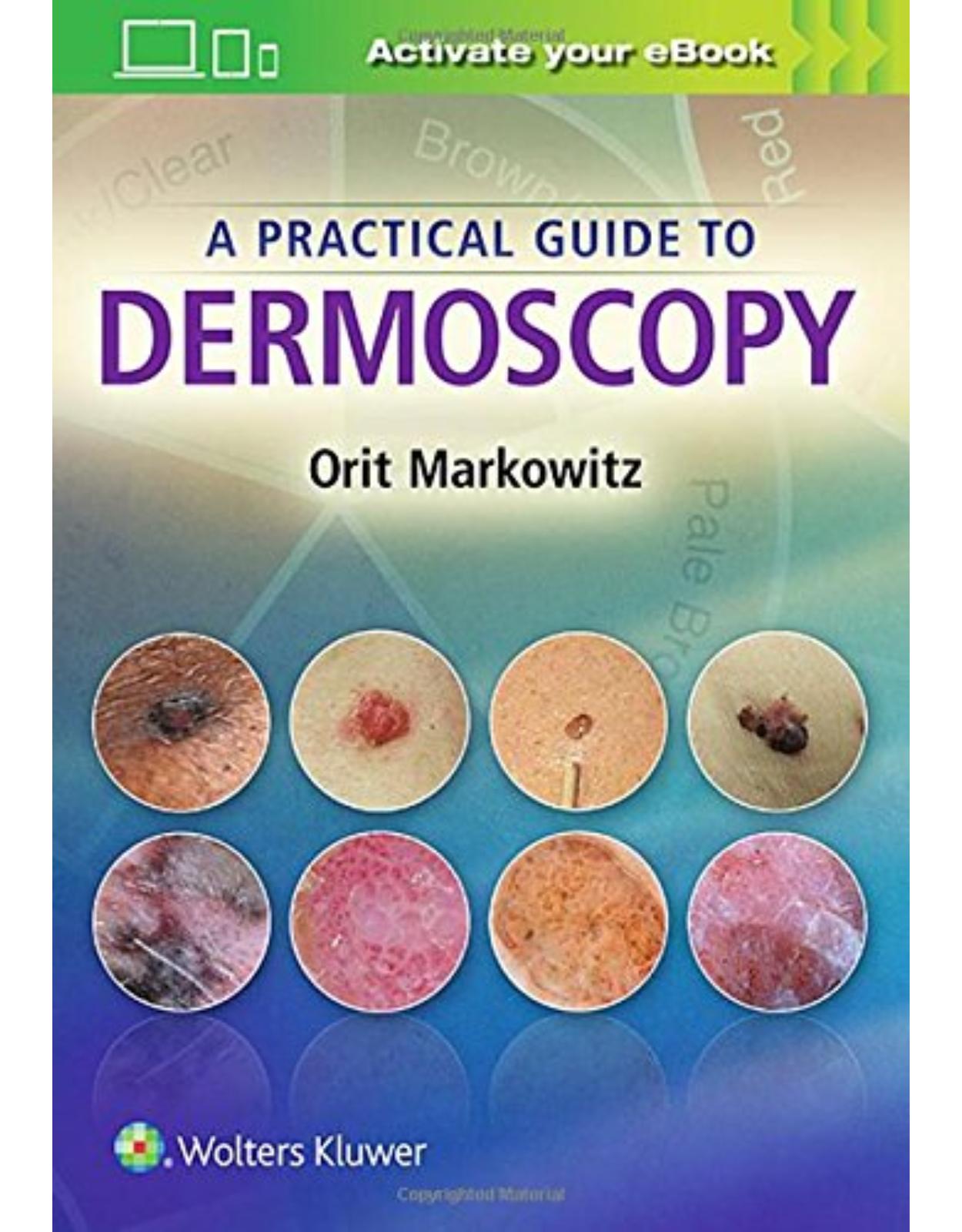
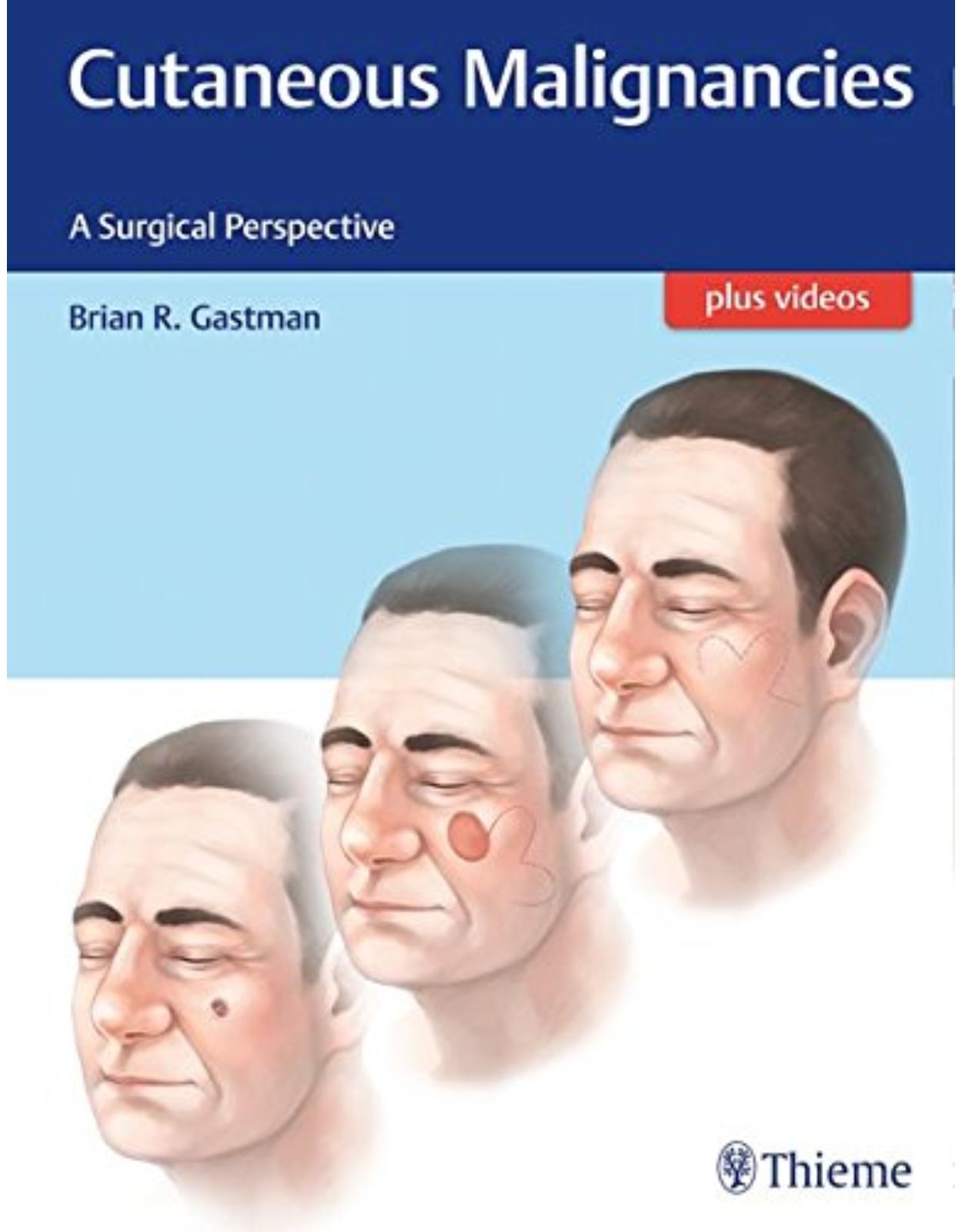
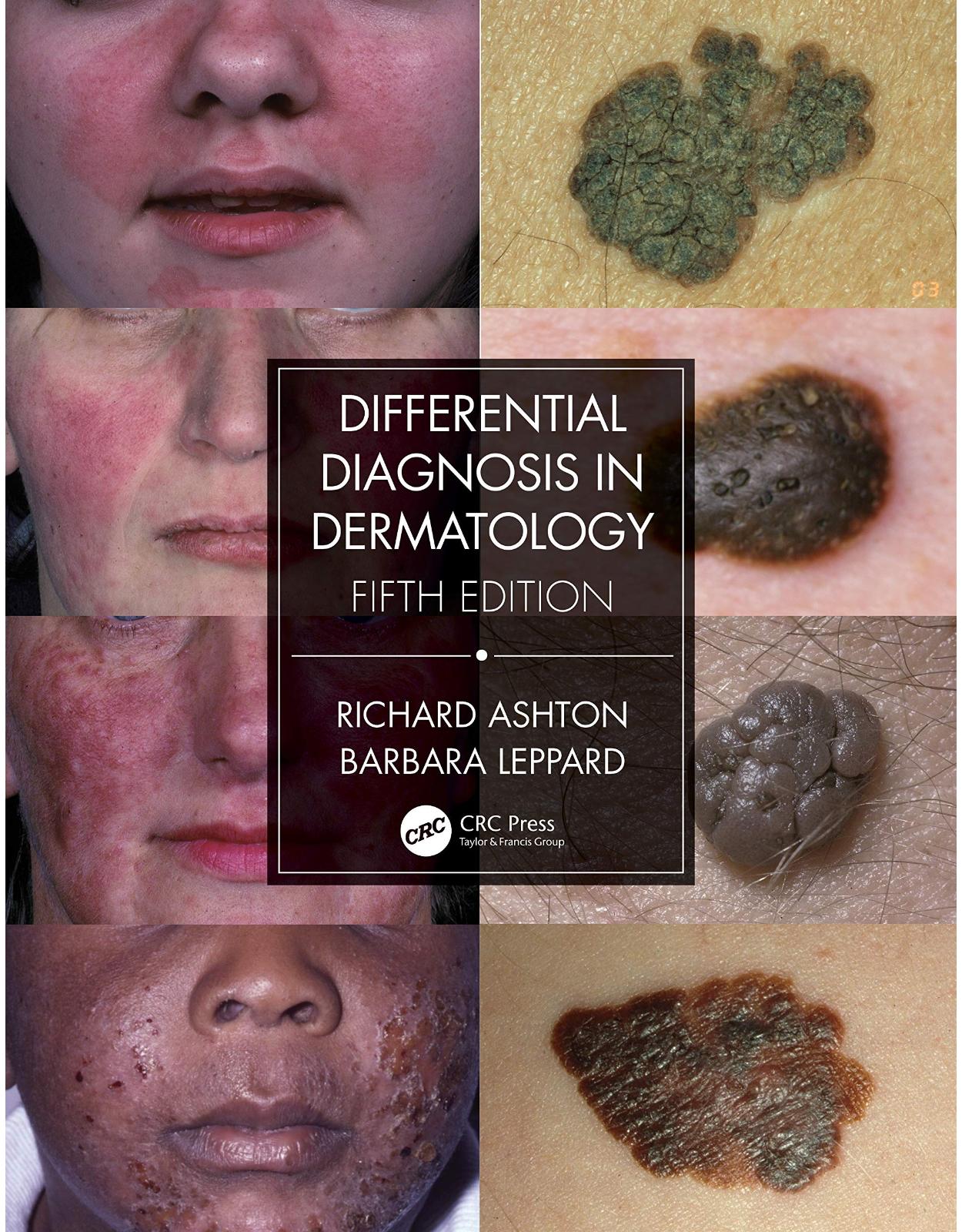
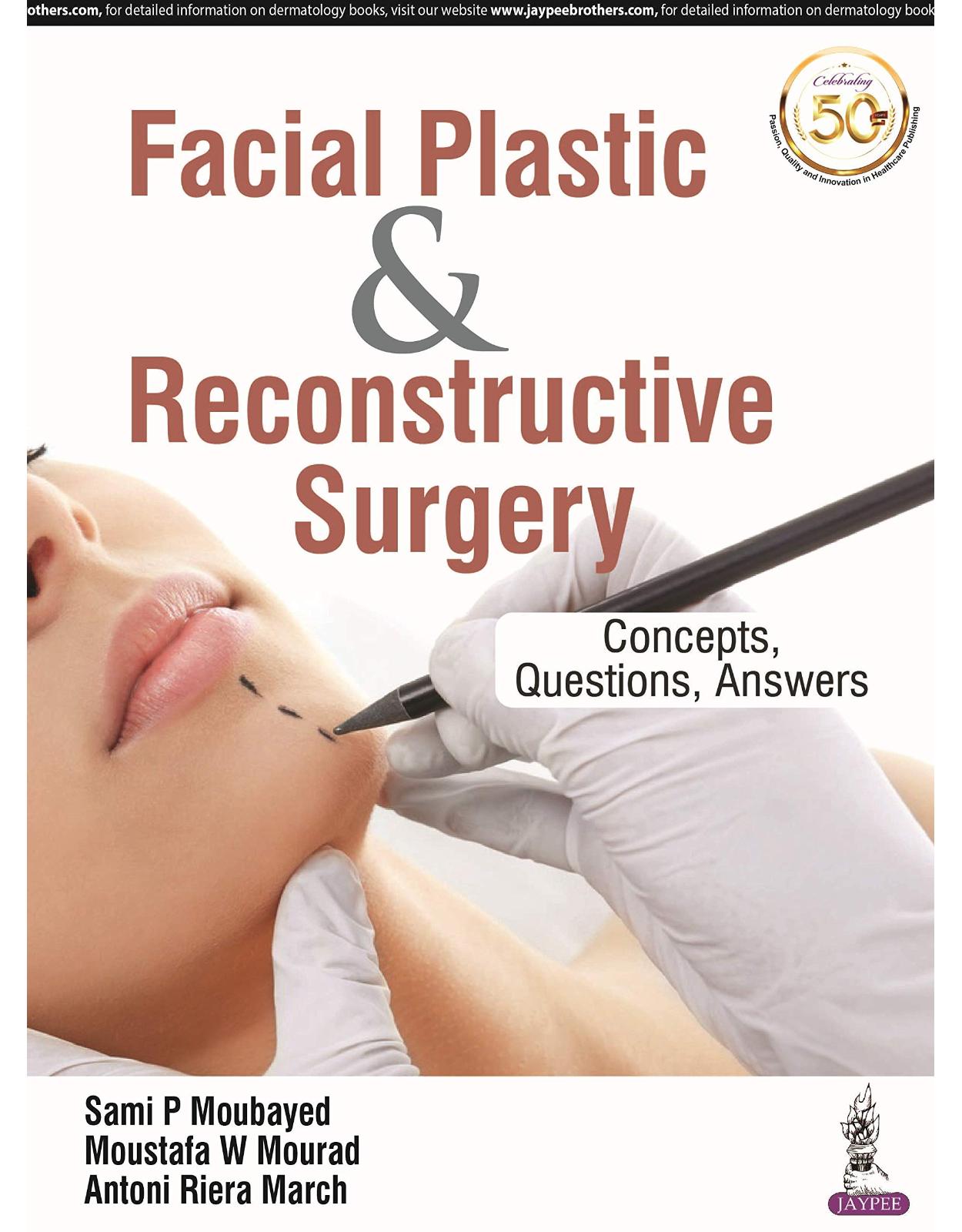
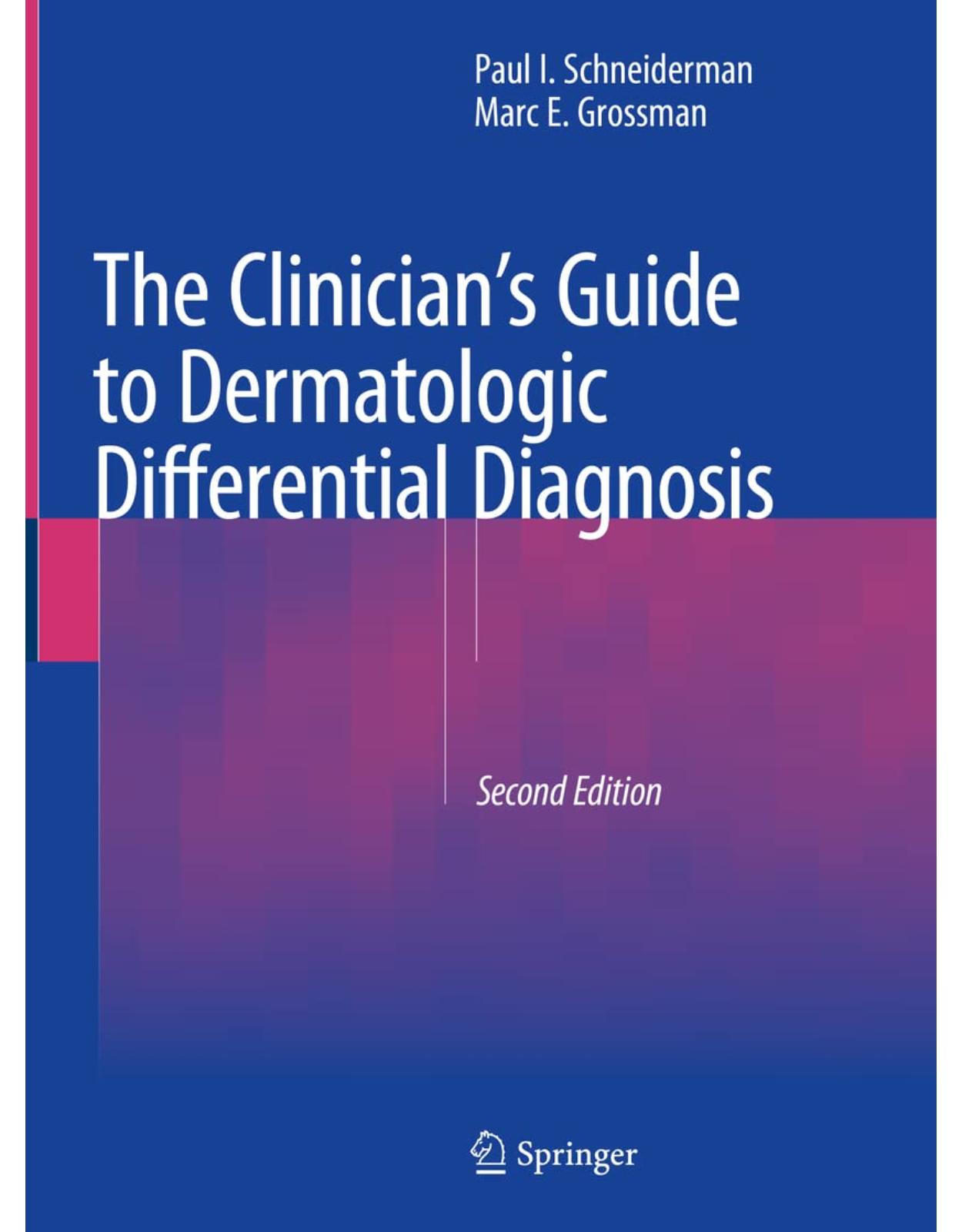
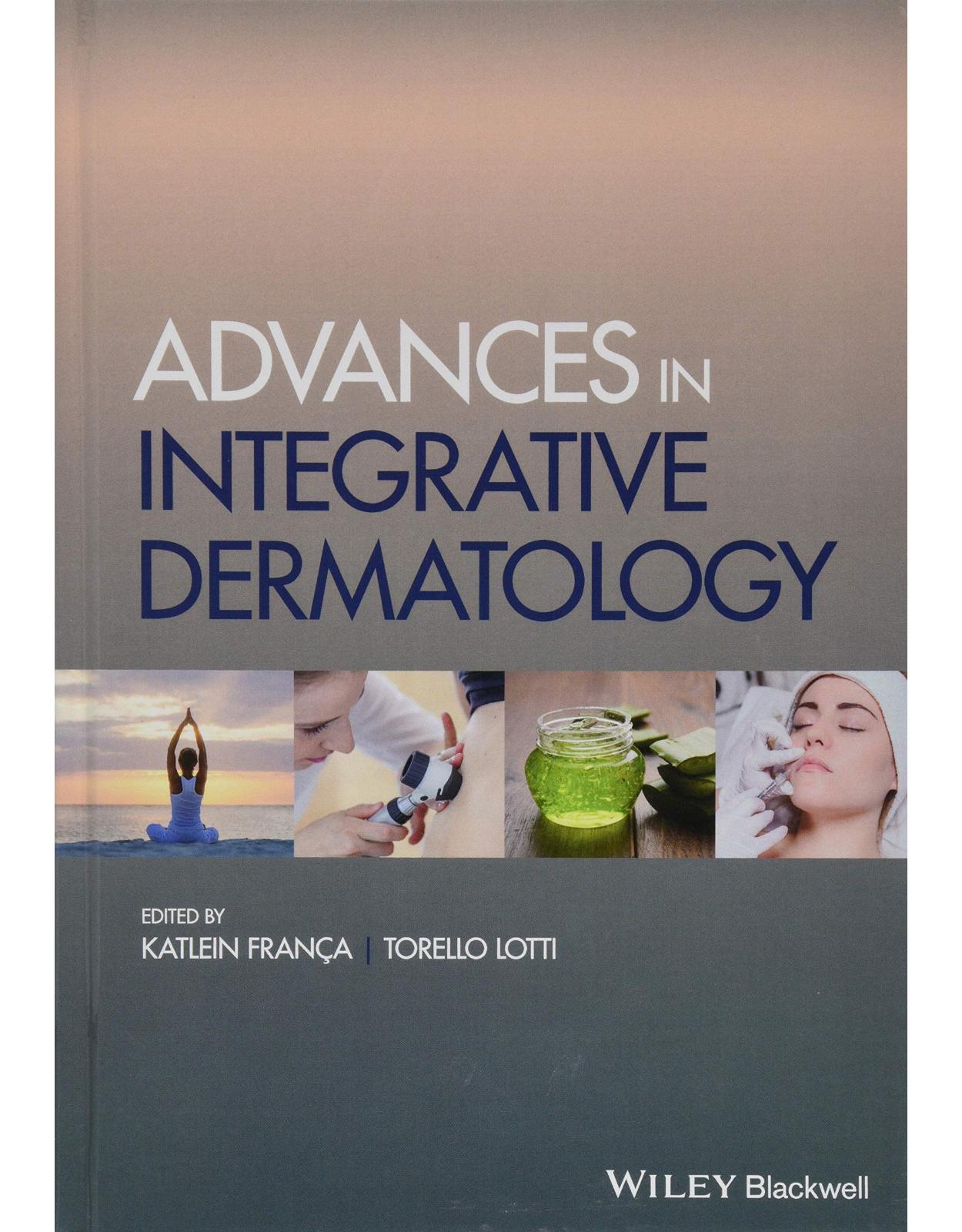
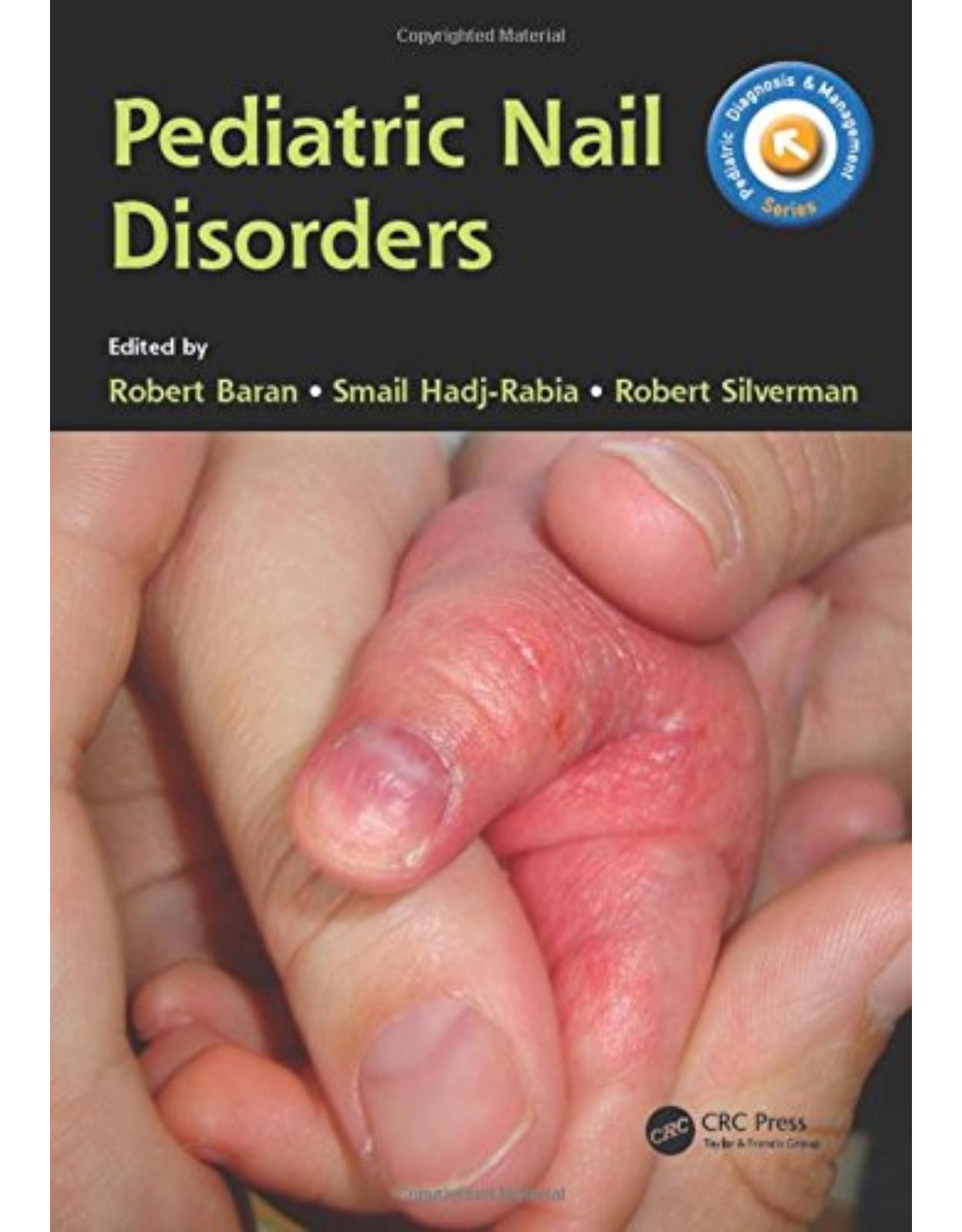
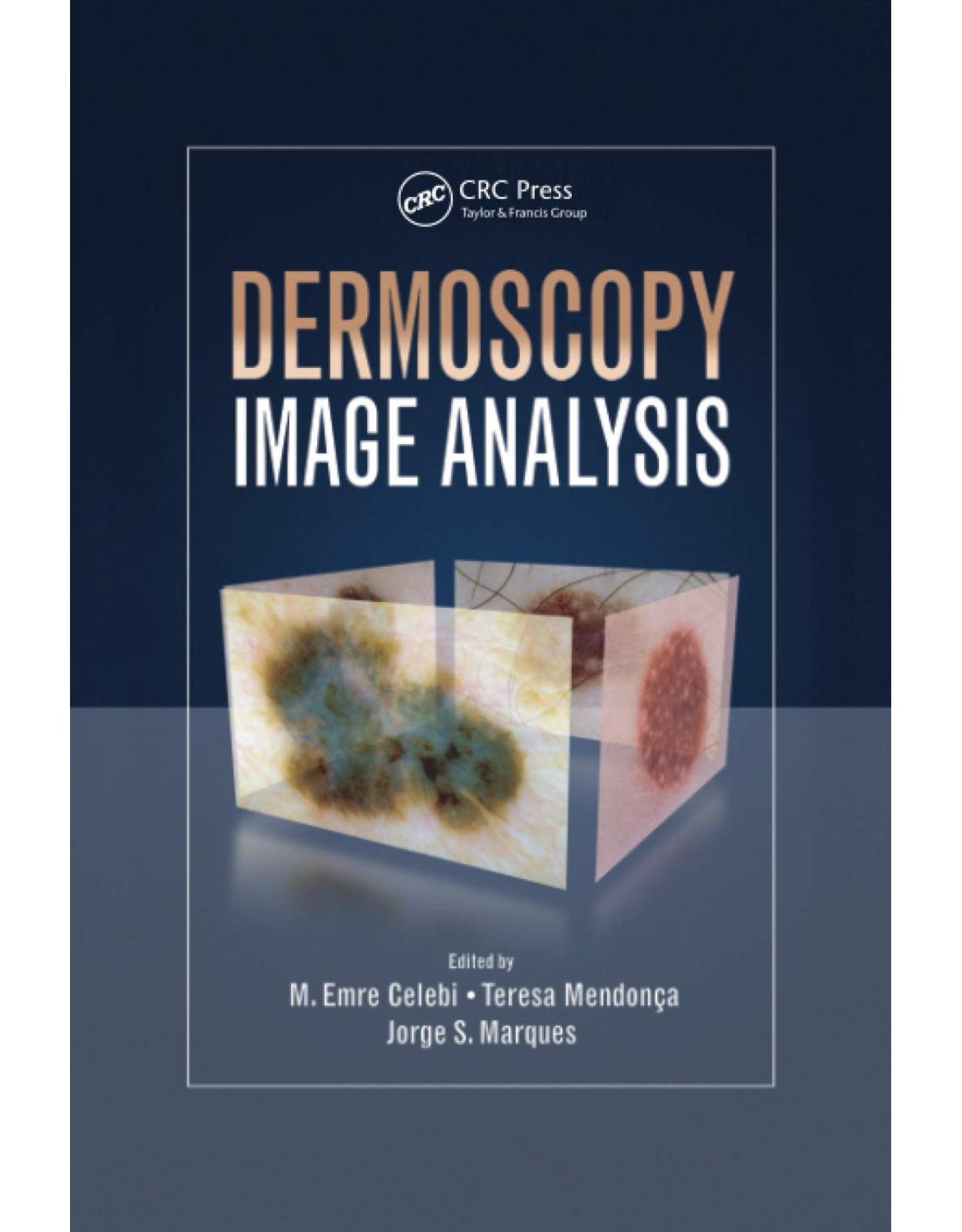
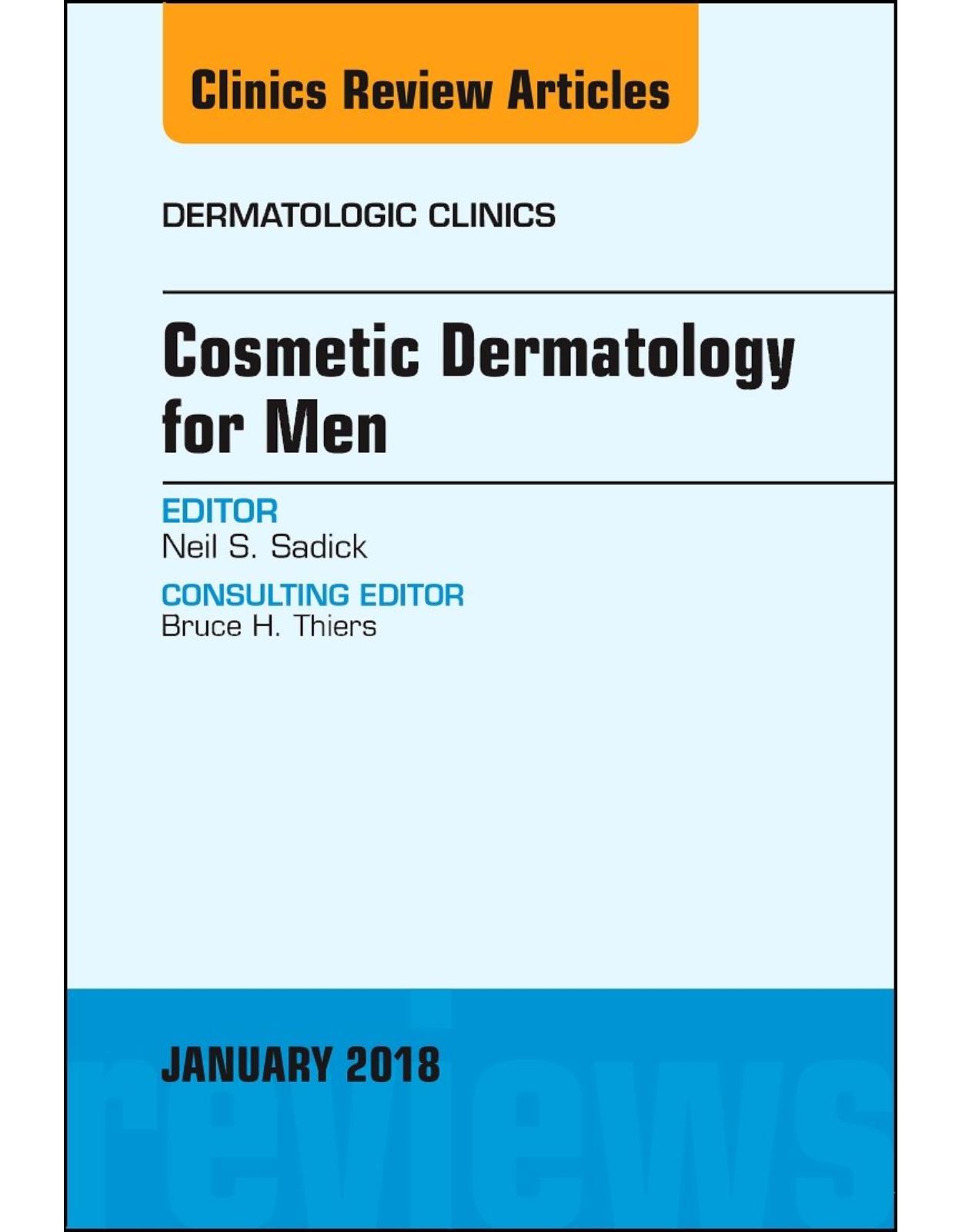
Clientii ebookshop.ro nu au adaugat inca opinii pentru acest produs. Fii primul care adauga o parere, folosind formularul de mai jos.